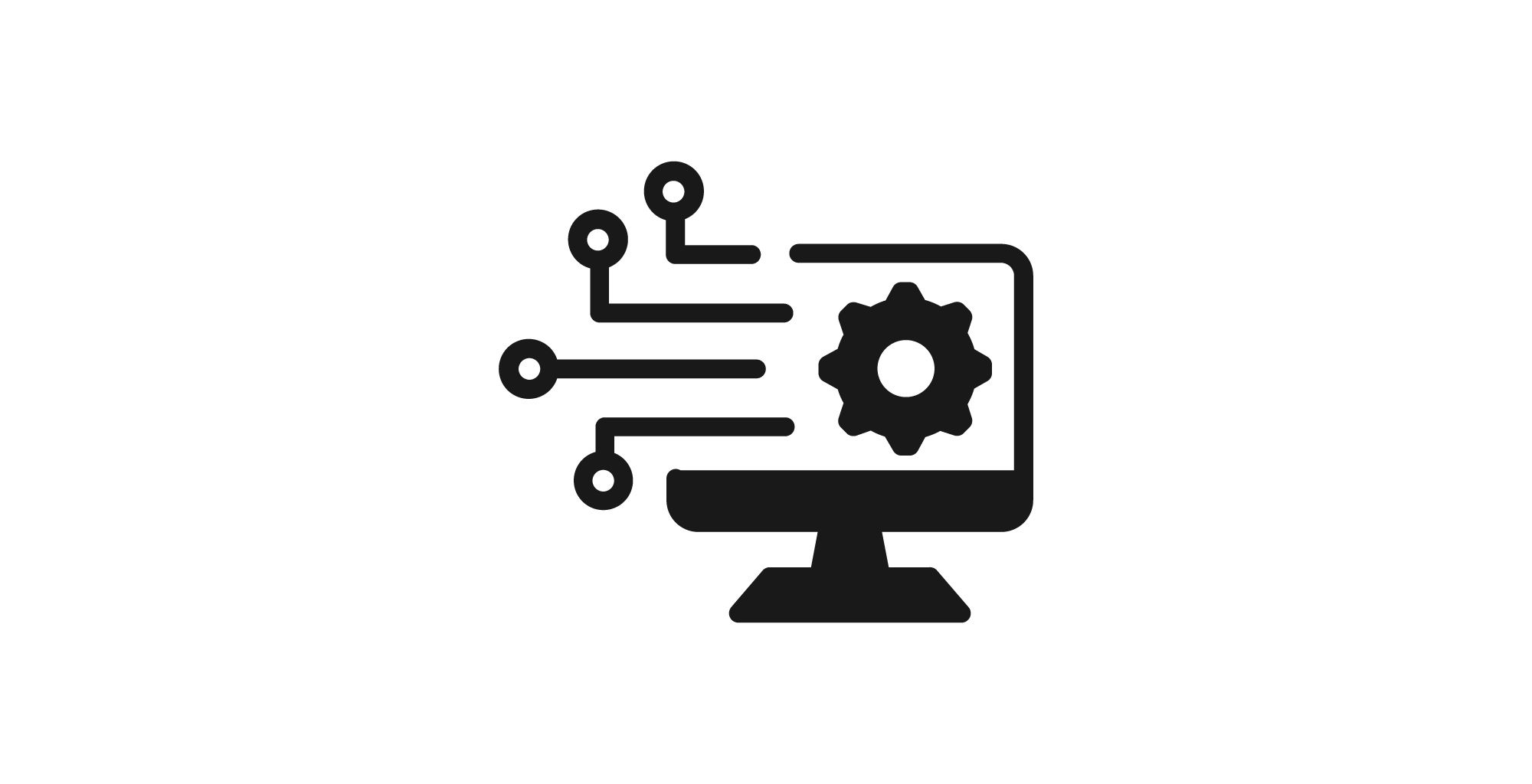Data transfer between administration and online store

Medium-sized companies that market products inevitably need to manage information through internal management systems in order to maximize their business opportunities and align with ever-larger markets.
This allows, besides a wide range of functions, a better centralization of the database necessary for the implementation of one's business on different sales channels such as an online store and direct sales.
In an advanced system, the information must be passed smoothly from one infrastructure to another, in order to provide the end users (customers) and the internal team of the company with real-time access to important data about the company in question.
Let us imagine a scenario in which the prices of items for sale in the online store can be constantly updated or adjusted according to the type of customer.
In this case, modern management systems offer the possibility of creating ad hoc price lists, discount policies and many other functions. If a company distributes a large number of products and serves a very large user base, it can be complicated to transfer all the different policies or rules that the company has implemented in the management system to the online store. Coherence between the individual channels could even be lost.
For this reason, we are increasingly developing real-time communication systems on the web (web service via SOAP or REST protocol), such as querying the price of an item.
The customer visits the web page of the item and through an instant web service, the real-time price that the customer is entitled to at that moment is displayed in the management system. Indeed, the price can be the result of calculations and special conditions, and companies need to control this important information in a granular and specific way. A web service of this type queries the management software system and provides an answer to the requestor in real time.
Data transfer between one software system and another can also be done in the reverse direction, i.e. from the web platform to the management system.
A real case is the immediate transmission of data related to the completion of a web order. At the very moment when the online purchase process is completed, a web service can "write" this information to the management system in real time, so that the corporate team can access the order data directly in its information system and thus initiate back-office procedures.